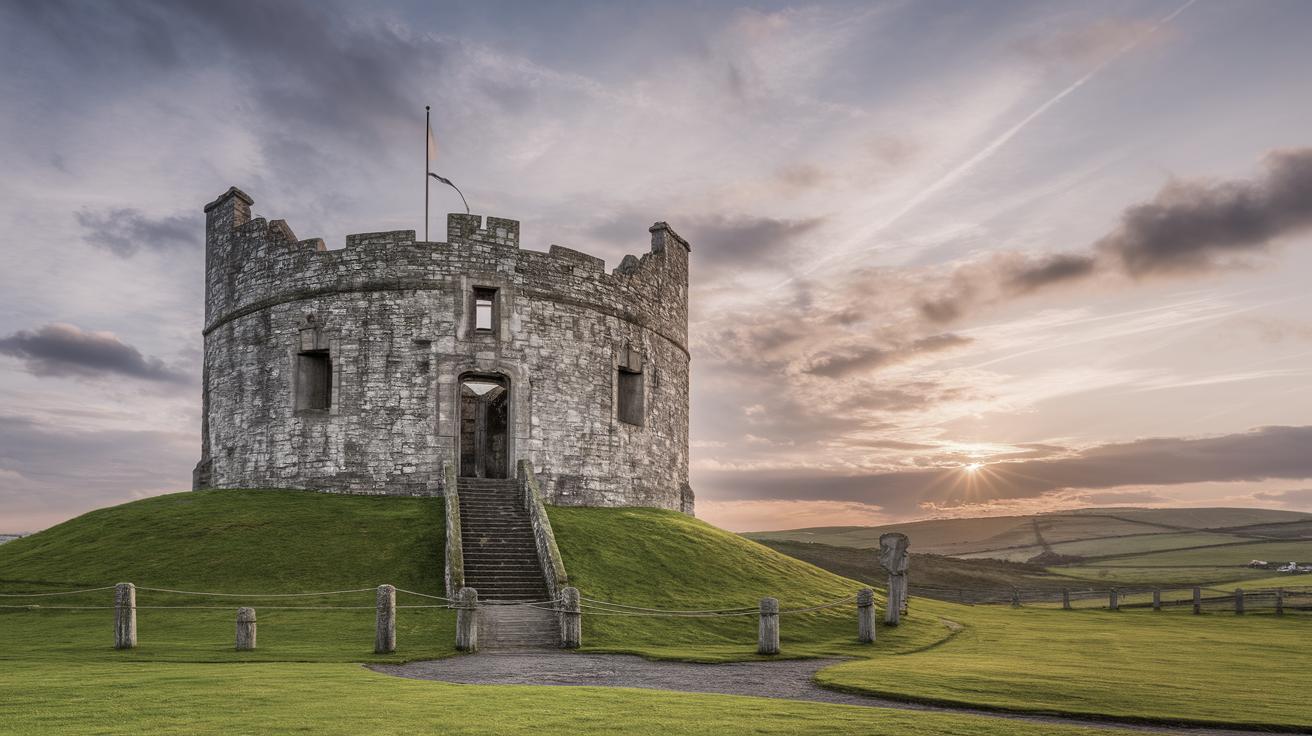Understanding Ireland’s Economic History
Understanding Ireland’s economic history is a journey through time, marked by its 1922 secession from the United Kingdom, and its evolution into a modern, independent economy. From fiscal policy management to trade advancements and economic benchmarking, Ireland has faced numerous challenges and triumphs. This blog post explores Ireland’s transformation over the past century, examining its economic strategies, trade dynamics, and expert viewpoints. By reflecting on past decisions and their outcomes, we gain insights applicable to current global economic challenges. Whether you’re a history enthusiast or an economics scholar, this comprehensive overview sheds light on the intricate development of Ireland’s economy.
Ireland in 1922
The year 1922 marked a pivotal moment in Ireland’s history as it gained independence from the United Kingdom. This political shift catalyzed Ireland’s journey towards establishing its own economic identity. The nascent Irish state faced the challenge of breaking away from a centrally-administered British economic system. Infrastructure was underdeveloped, and the Irish economy was largely agrarian, with approximately two-thirds of its labor force employed in agriculture.
Critics predicted economic isolation, suggesting that severing ties with the UK would lead to disastrous trade consequences. However, independence also ignited optimism among Irish nationalists who envisioned a self-sufficient economy capable of leveraging its cultural and geographic assets. While the transition phased in incrementally, the foundations laid during these formative years would later support substantial economic transformation.
How did independent Ireland manage fiscal policy?
Post-independence, Ireland faced a critical choice in fiscal policy – to adopt a conservative, continuity-focused approach or to enact bold, sweeping changes. Initially, the Irish Free State administration favored stability, adopting a policy framework deeply rooted in the British model. Taxation remained low, prioritizing agricultural development as a strategic economic driver.
The economic policies during the early decades were also shaped by the pressing need to maintain fiscal discipline amidst limited resources. Public expenditure was carefully managed, aligning with the economic conditions of the time. As Ireland’s economy matured, so did its fiscal policies, gradually incorporating more progressive taxation methods and investing in long-term infrastructure projects that would yield significant dividends in the latter half of the century.
What happened to Irish trade?
Upon achieving independence, Ireland’s trade dynamics underwent significant changes. The initial post-independence years were marked by a focus on self-reliance, with protective tariffs aimed at bolstering domestic industries. This strategy, while supporting nascent industries, also led to limited market access and occasional economic stagnation.
In the latter half of the century, Ireland strategically opened its economy to foreign markets, culminating with its accession to the European Economic Community (EEC) in 1973. This pivotal move transformed Ireland’s economic landscape, diversifying its trade portfolio and attracting foreign investment, which in turn fueled economic growth and development. Robust ties with both European and global markets became key components of Ireland’s economic success story.
Benchmarking?
Benchmarking economic progress became a crucial aspect of Ireland’s strategy to gauge its success against global standards. During the latter half of the 20th century, Ireland actively participated in international reports and evaluations, using benchmarks to drive policy-making and economic transformation.
The “Celtic Tiger” era, a period of rapid economic growth in the 1990s and early 2000s, highlighted Ireland’s progress as it ranked among the fastest-growing economies worldwide. By aligning policies with best practices in innovation, education, and technology adoption, Ireland successfully positioned itself as a competitive player on the international stage. This benchmarking approach further solidified its economic standing in the global arena.
What is the final verdict?
As we assess Ireland’s economic history, it is clear that its journey has been marked by a series of well-considered adaptations and strategies. While there were moments of uncertainty and economic hardship, the country’s ability to evolve and thrive independently underscores a legacy of resilience and determination.
The predictions from both advocates and opponents of independence have materialized at different stages, reflecting the complexity of forecasting economic scenarios. Ireland’s continued robustness in the face of global economic shifts further highlights the blend of foresight and adaptability that has characterized its economic policy-making over the past century.
Where can I find out more?
For those interested in delving deeper into Ireland’s economic history, a wealth of resources is available. Libraries, universities, and online platforms provide access to academic papers and books detailing Ireland’s economic journey from various political and socioeconomic perspectives.
Moreover, exploring the archives of Irish economic journals and publications can offer insights into the policy decisions and economic debates that have shaped the nation. Collaborative research initiatives between Irish and international institutions also yield comprehensive studies, providing valuable context for understanding Ireland’s economic progression.
Who are experts on this question?
Several experts and scholars have made significant contributions to understanding Ireland’s economic history. Economists such as Garret FitzGerald and Frances Ruane have extensively studied Ireland’s economic policies and their impacts, providing nuanced perspectives on its development trajectory.
Additionally, institutions such as the Economic and Social Research Institute (ESRI) in Dublin and universities like Trinity College and University College Dublin host academicians specializing in Irish economic history. These experts bring invaluable insights into the complexities and achievements of Ireland’s economic evolution through lectures, publications, and collaborative research projects.
A century ago, advocates and opponents of Irish independence presented arguments about the future of Ireland’s economy outside the UK. With the benefit of hindsight, we can see that predictions made by both sides have come to pass at different points over the past 100 years.
The debate over Ireland’s economic prospects post-independence encompassed a broad spectrum of opinions, encapsulating both optimism for self-determination and concerns over economic isolation. Advocates believed independence would unlock economic potential, fostering growth and self-reliance.
Conversely, opponents cautioned against potential downturns due to severed economic ties with the UK. Over the past century, both predictions have been realized at various times. Ireland experienced both economic challenges and periods of remarkable growth, reflecting the intricate interplay of policy-making, global trade dynamics, and the inherent unpredictability of economic forecasts—all while carving its own unique path on the world stage.
Final Thoughts
| Era | Focus | Outcome |
|---|---|---|
| Post-1922 | Establishing economic identity | Gradual adaptation to new fiscal realities |
| Mid-20th Century | Trade protectionism | Limited growth, eventual market opening |
| Late 20th Century | EU integration and benchmarking | Rapid economic growth and “Celtic Tiger” era |
| 21st Century | Globalization and innovation | Strong international economic presence |


